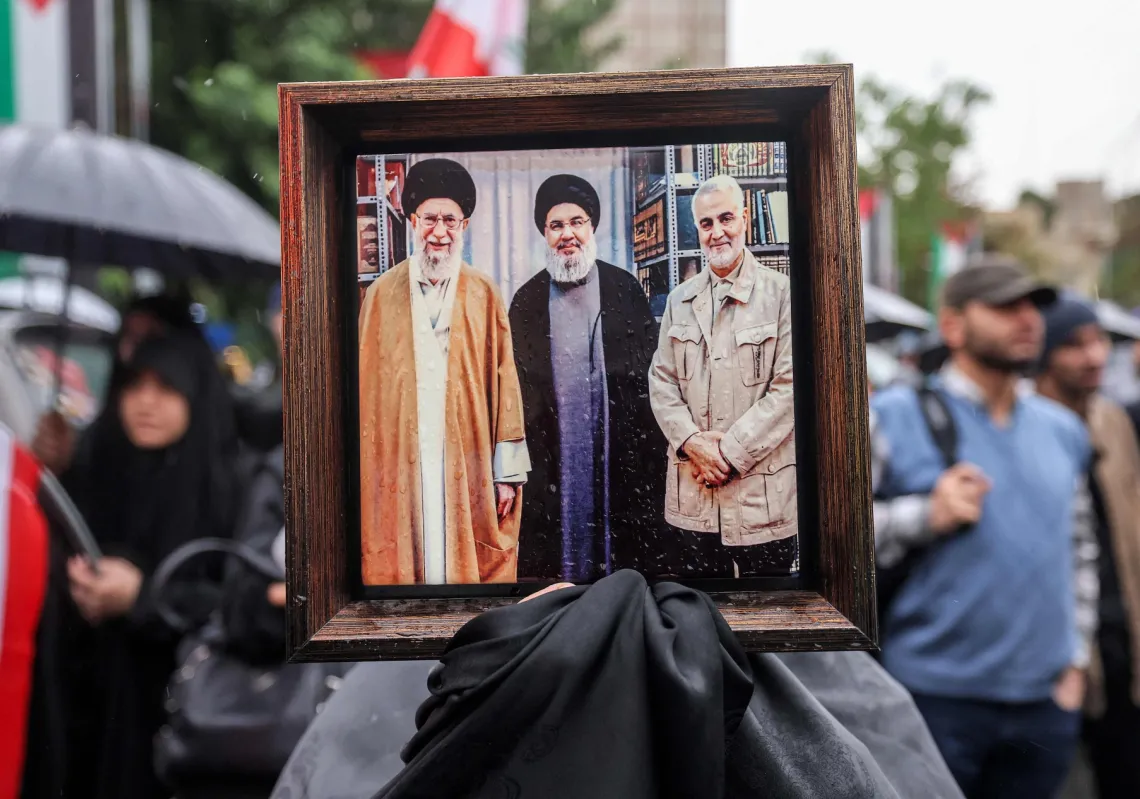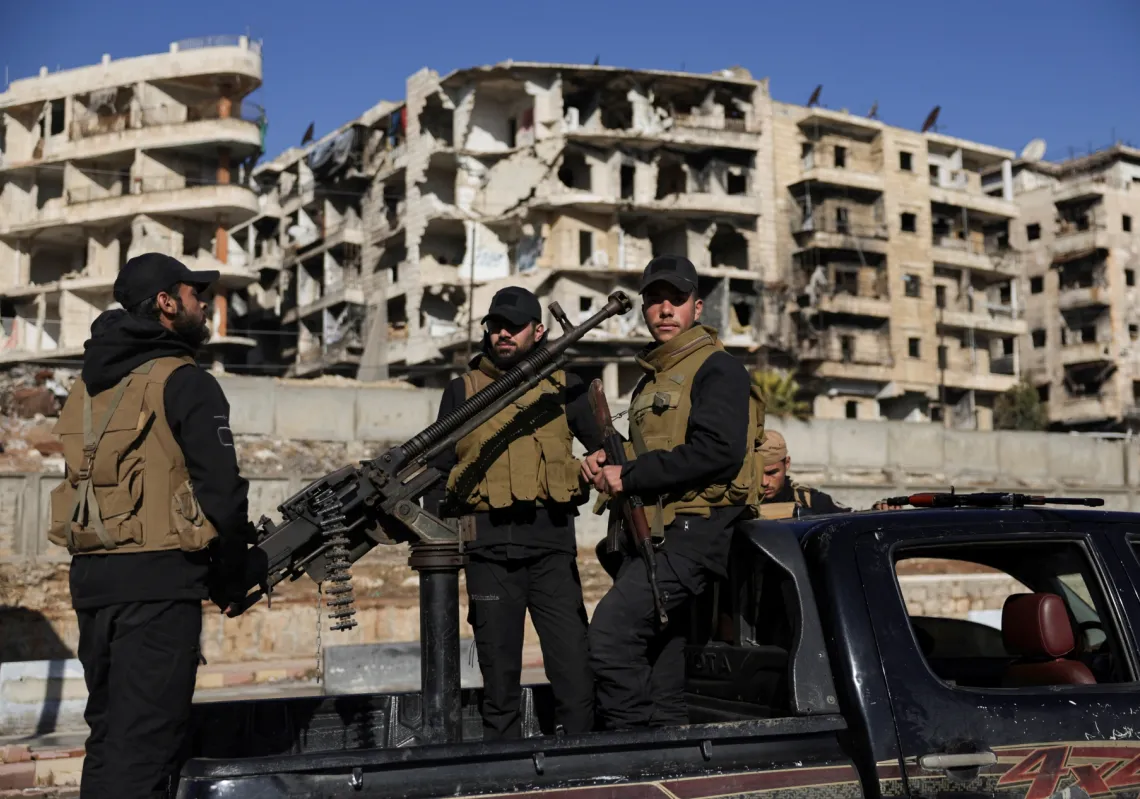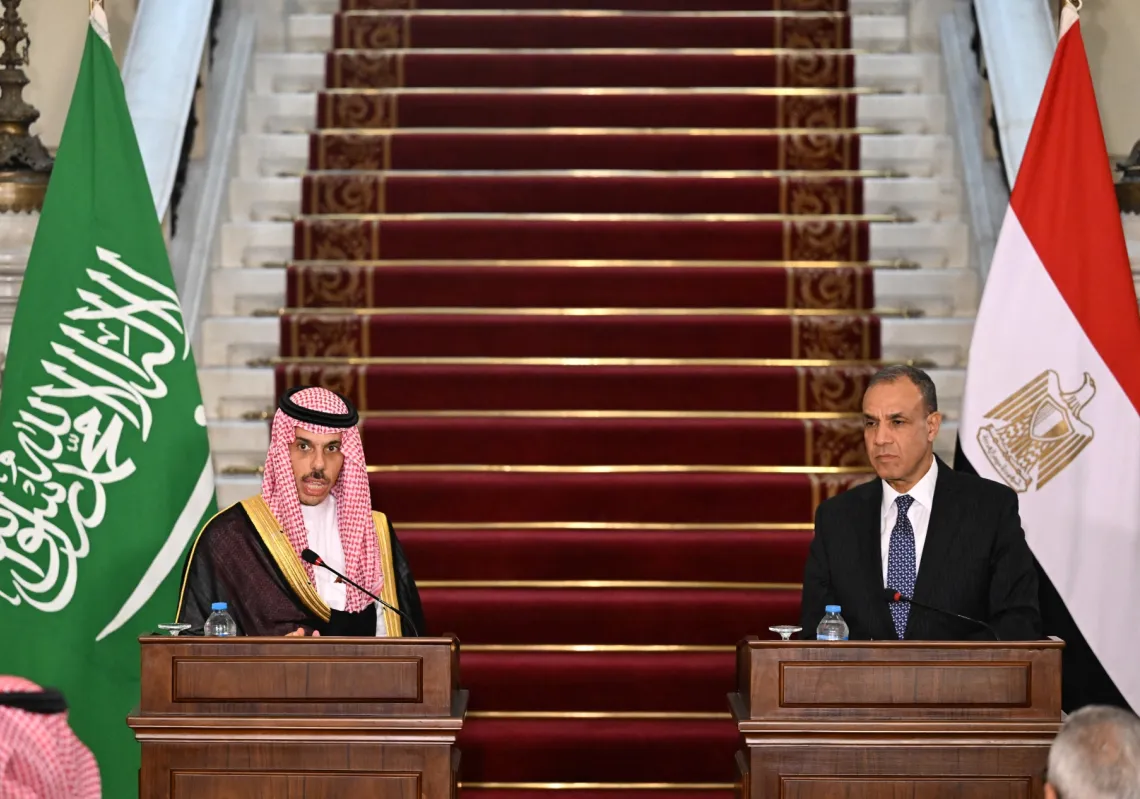Chambers of Death: 105 Days in IS Prisons is a poignant narrative by Mosul’s own Mohammed Al-Attar, chronicling his harrowing days in captivity from 3 July to 8 October 2014.
The book was published in 2023 by the Baghdad-Beirut publishing house Dar Stoor and Mosul’s Dar Sana. The author held an intimate book signing attended by over 400 participants across Mosul and discussed his thoughts on the city’s social, urban, and cultural landscape after its liberation from the clutches of IS.
Born in Mosul in 1977, Al-Attar, a scholar with a Ph.D. in Islamic Jurisprudence from the University of Tikrit, carved a unique path for himself. He founded the Mothers of the Believers Institute in his hometown. He directed it from 2012 to 2014 before transitioning to the airwaves, where he lectured on Islamic education on local Mosul radio stations.
A versatile author, he penned works like God’s Law in Victory and Empowerment, Psychology of Love in Islam, Youth and Atheism, and the novel Love as Worship. His upcoming release, The Black Cyclone, narrates Mosul’s struggle during draconian IS rule from 10 June 2014 to 27 June 2017 across three compelling volumes.

Religion based in ethics
Al-Attar embodies the Arab and Islamic spirit, steeped in culture, literature, language, jurisprudence and a comprehensive worldview. His religion is not only a matter of faith but a cultural and ethical stance, moderate and vehemently opposed to the extremist and terrorist facets of political Islam.
This perspective becomes evident in his memoir, Chambers of Death. Al-Attar’s writing style mirrors traditional and contemporary Islamic patterns in narrating events, incidents, news, biographies, and genealogies.
Grounded in sharia, jurisprudence, hadith, and interpretation, these elements permeate his reflections on daily events and human behaviour, shaping a narrative that spans over 500 pages. In its final pages, photographic images of Mosul’s residents, victims of IS killings and executions, are accompanied by introductions.
He profiles certain members of the terrorist organisation, including the Head of the Health Department and the Mosques Department (akin to a ministry), the Head of the Justice Department, the Mufti, and others.
In his detailed narrative recounting his days in IS prisons, the author draws upon religious and ethical edicts while discussing human actions, behaviours, desires, and inclinations.
He considers their innate goodness and virtuous religious ethics, or the religious moral compass within them, inherently superior to any other impulse that might seek to control them amid human life's tumultuous and contradictory realities.











